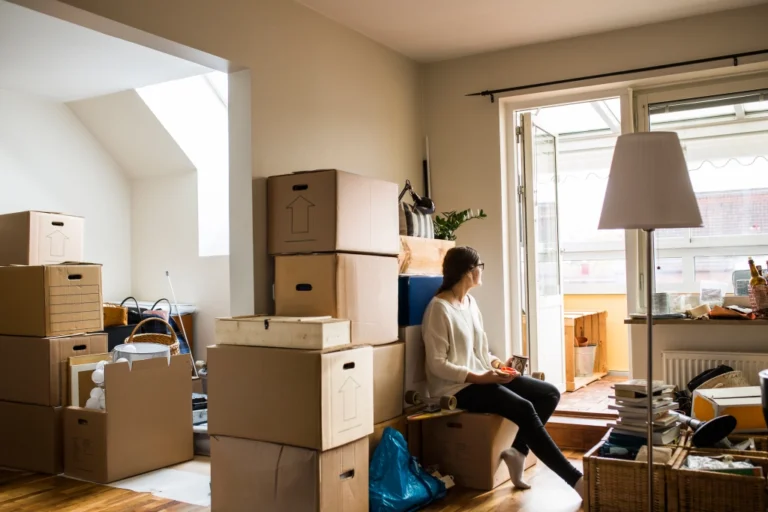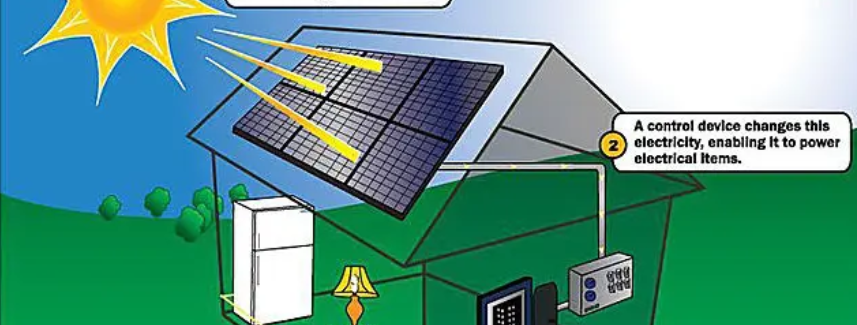6 Things You Need to Do After Buying a New Home

6 Things You Need to Do After Buying a New Home
Posted Date: May 17th, 2023
Congratulations if you recently closed on a new property; doing so in today’s market is really something to be proud of. You might believe it is time to kick back, unwind, and enjoy your new abode now that you have made it through house searching, making the offer, the mortgage application process, and the closing.
But be careful not to get too smug. When you move into a new house, you must act right away to ensure that you will be a successful homeowner both now and in the future. Here are a few of the initial steps to take when purchasing a new residence.
- Protect your house
When you purchase a home, the first thing you should do is change the locks, garage codes, and access to any various places of entry. The complexity of the lock, the degree of security, and other elements will determine whether you decide to do it yourself or hire a professional locksmith. If your house has an alarm system, you will probably have to pay to reconnect service or select a different provider. To change the codes to new settings that only you will know, ask for the manuals and codes for any electronic equipment, such as house alarms and garage codes, at the closing. You might be able to obtain reprogramming instructions online if the manuals are not readily available.
- Buy or update your house warranty
Some homebuyers receive a home warranty that the seller paid for in order to safeguard the key systems or appliances in the residence. Review the details of any house warranties you may have so you can understand what is covered and how to submit a claim. Consider buying one if you do not receive one with the house.
- Set up the utilities
Before you move in, make sure to connect all your necessary services, including power, gas, and water. This will guarantee that your relocation goes well and that you have all you need as you settle in. Nobody enjoys opening boxes in the dark.
- Checking the smoke and carbon monoxide detectors
To assist ensure the safety of your family in your new home, make sure all smoke and carbon monoxide alarms are in working order. This can need changing out the complete machine or adding new batteries. Most The batteries in your detectors should be checked and changed every six months, according to home safety experts. It is simple to set a reminder if your family maintains a calendar. Additionally, ask for assistance from your local fire department; some of them provide free testing and inspections if you phone the non-emergency number to make an appointment.
- Locate the circuit box, then go over the appliance manuals and emergency shutoffs
Even if it is not brand-new, your new house is new to you! So, it is important to comprehend how things operate. Make sure you are familiar with the location of the circuit breaker box and emergency shut-offs. If the box is not labelled, give each circuit a name so you know which one powers which device or room. Additionally, collect all appliance manuals for quick access.
- Repaint and refinish the flooring
Giving the interior of a house a new coat of paint is one of the simplest and most affordable ways to make it your home. Unlike tenants, you as an owner may set the schedule and colour scheme; everything is done on your terms. Before bringing your furniture in, paint the room (either yourself or with expert assistance), so you will not have to move any of it again or be concerned about spills or drips. Like painting the walls, updating or refinishing flooring is less expensive and easier to do while your home is still uninhabited. The flooring may have a big impact on how a property looks.
- Use the list of maintenance tasks in your inspection report
Looking through any concerns that were noted on the home inspection report but have not yet been resolved after purchasing a home. Make a list of items that need fixing, updating, or maintaining for the future using the report as a reference, and then order them according to urgency. You should take care of any issues that could arise later, such as clogged gutters, leaking pipes, or draughty doors and windows.
End Note
When buying a new home, it is crucial to set up utilities, inspect smoke and carbon monoxide detectors, safeguard the property and purchase or update a home warranty. Following these guidelines will guarantee your success as a homeowner both now and in the future. Utilise the list of maintenance activities in the house inspection report to check and replace the batteries in the home safety detectors, find the circuit breaker box and emergency shutoffs, paint and refinish the flooring and more.
Related Posts
How Do Solar Panels Work for Your Home?
How to Decorate Your Room in Low Budget
Top Posts




Latest Post
Stay Informed
Sing up to stay update with Business, Lifestyle, Entertainment, and Many More.

